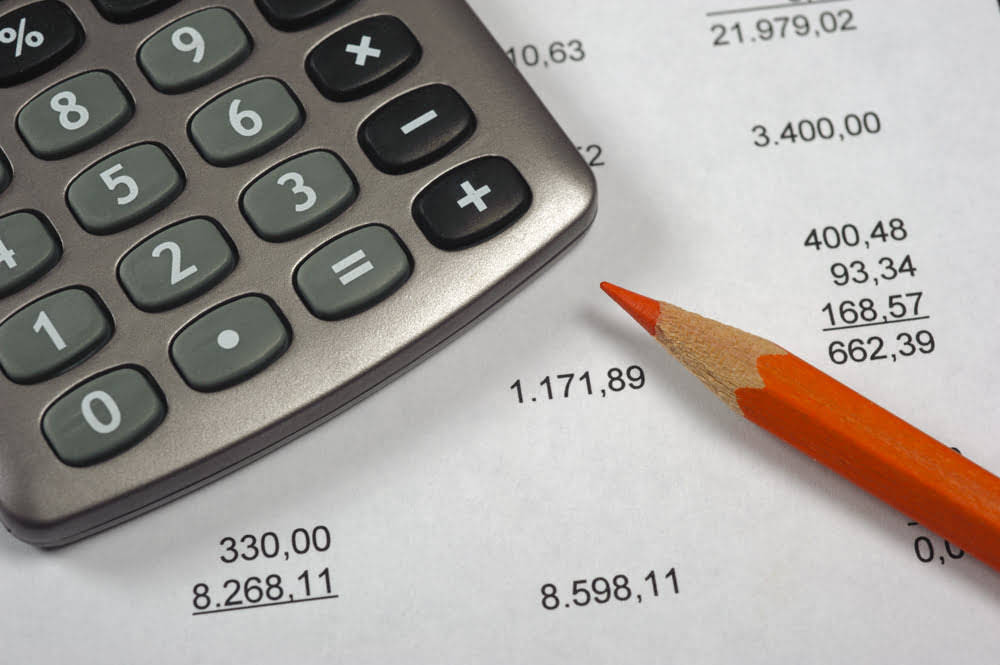Content
BWW estimates that 5% of its overall credit sales will result in bad debt. The book value of an asset is the value of the asset recorded in the company’s balance sheet. Contra accounts are needed for determining the book value of assets held by a company. For accounting purposes, the book value is realized by the difference contra asset account between the asset’s account balance and contra account balance. Contra accounts play a major role in estimating the book value of an asset. Use the historical percentage method for the other, smaller account balances. Bad debt refers to a debt you’ve officially accepted as being left unpaid by the customer.
How do you record doubtful accounts?
Record the journal entry by debiting bad debt expense and crediting allowance for doubtful accounts. When you decide to write off an account, debit allowance for doubtful accounts and credit the corresponding receivables account.
In this article, we explain what an allowance for doubtful accounts is, why it’s important to have one, discuss who uses such accounts and provide examples of how to calculate this metric. To reverse the account, debit your Accounts Receivable account and credit your Allowance for Doubtful Accounts for the amount paid. Your allowance for doubtful accounts estimation for the two aging periods would be $550 ($300 + $250). Emilie is a Certified Accountant and Banker with Master’s in Business and 15 years of experience in finance and accounting from corporates, financial services firms – and fast growing start-ups.
Definition of Contra Asset Account
Most balance sheets report them separately by showing the gross A/R balance and then subtracting the allowance for doubtful accounts balance, resulting in the “Accounts Receiveable, net” line item. Depreciation is an accounting method of allocating the cost of a tangible asset over its useful life to account for declines in value over time. Mark to market is a method of measuring the fair value of accounts that can fluctuate over time, such as assets and liabilities. A contra liability account is a liability account that is debited in order to offset a credit to another liability account. The invoice will state payment terms such as “Net 30,” or “Net 60,” which means the customer is obligated to pay the balance due no more than 30 or 60 days after receiving the invoice.
The projected bad debt expense is properly matched against the related sale, thereby providing a more accurate view of revenue and expenses for a specific period of time. In addition, this accounting process prevents the large swings in operating results when uncollectible accounts are written off directly as bad debt expenses.
COMPANY
However, the net AR doesn’t get affected, and only the remaining allowance reduces from $15,000 to $5,000. At the end of an accounting period, the Allowance for Doubtful Accounts reduces the Accounts Receivable to produce Net Accounts Receivable.
- Before this change, these entities would record revenues for billed services, even if they did not expect to collect any payment from the patient.
- By impacting income, a write off can also lower “dividends” and “retained earnings” on the Statement of retained earnings.
- As a result, CFOs can project cash flow and working capital more accurately.
- Discount on notes receivable refers to a contra asset account that occurs when the current value of a note receivable amounts to less than the face value of the note.
- So, the allowance will be lower for the metalwork industry and higher for the equipment rental industry.
- An allowance for doubtful accounts is a contra account that nets against the total receivables presented on the balance sheet to reflect only the amounts expected to be paid.
- When a contra asset account is first recorded in a journal entry, the offset is to an expense.
The allowance method reduces the carrying value orrealizable valueof the receivables account on the balance sheet. In other words, this method reports the accounts receivable balance at estimated amount of cash that is expected to be collected. As opposed to thedirect write off method, the allowance-method removes receivables only after specific accounts have been identified as uncollectible. As you saw in the example, contra accounts can be an important part of your financial statement analysis, but they are hard to find. Companies bury them in the footnotes and often don’t break out the actual calculation. Still, it is important when possible to consider how the net accounts are calculated and be wary of companies that are reporting a ton of bad debts.
Method 1: Historical percent of credit sales or total AR
Estimated portion of receivables that is unlikely to be collected by a business from its customers and may become a bad debt at some point in the future. Specific identified accounts receivable that cannot be collected https://www.bookstime.com/ by a business from customers who will not pay. On the balance sheet, an allowance for doubtful accounts is considered a “contra-asset” because an increase reduces the accounts receivable (A/R) account.
The accounts receivable aging method is a report that lists unpaid customer invoices by date ranges and applies a rate of default to each date range. When accounting for assets, the difference between the asset’s account balance and the contra account balance is referred to as the book value. There are two major methods of determining what should be booked into a contra account.
What Is a Contra Account & Why Is It Important?
Allowance for doubtful accounts is a balance sheet account and is listed as a contra asset. It’s contra asset account, called allowance for doubtful accounts, will have a credit balance. When you add these two balances together, they offset each other, revealing the amount possible to collect in accounts receivable. This happens because the contra asset account has already accounted for bad debts or those that are not likely to be collected. For example, say a company lists 100 customers who purchase on credit and the total amount owed is $1,000,000. The $1,000,000 will be reported on the balance sheet as accounts receivable.

In the balance sheet, the accounts receivable would be reflected after adjusting this allowance account. If it is the first year of operation, there is no outstanding balance in the allowance account. Allowance for doubtful debts accumulates the bad debt expense that has been provided so far. The transactions made in this account are reported on a company’s financial statements directly under the related account. Typically, accountants only use the direct write-off method to record insignificant debts, since it can lead to inaccurate income figures. For instance, if revenue is recorded in one period but expensed in another, this leads to an artificially high revenue number for that first period. The customer risk classification method works best if you have a small and stable customer base following similar credit cycles.













